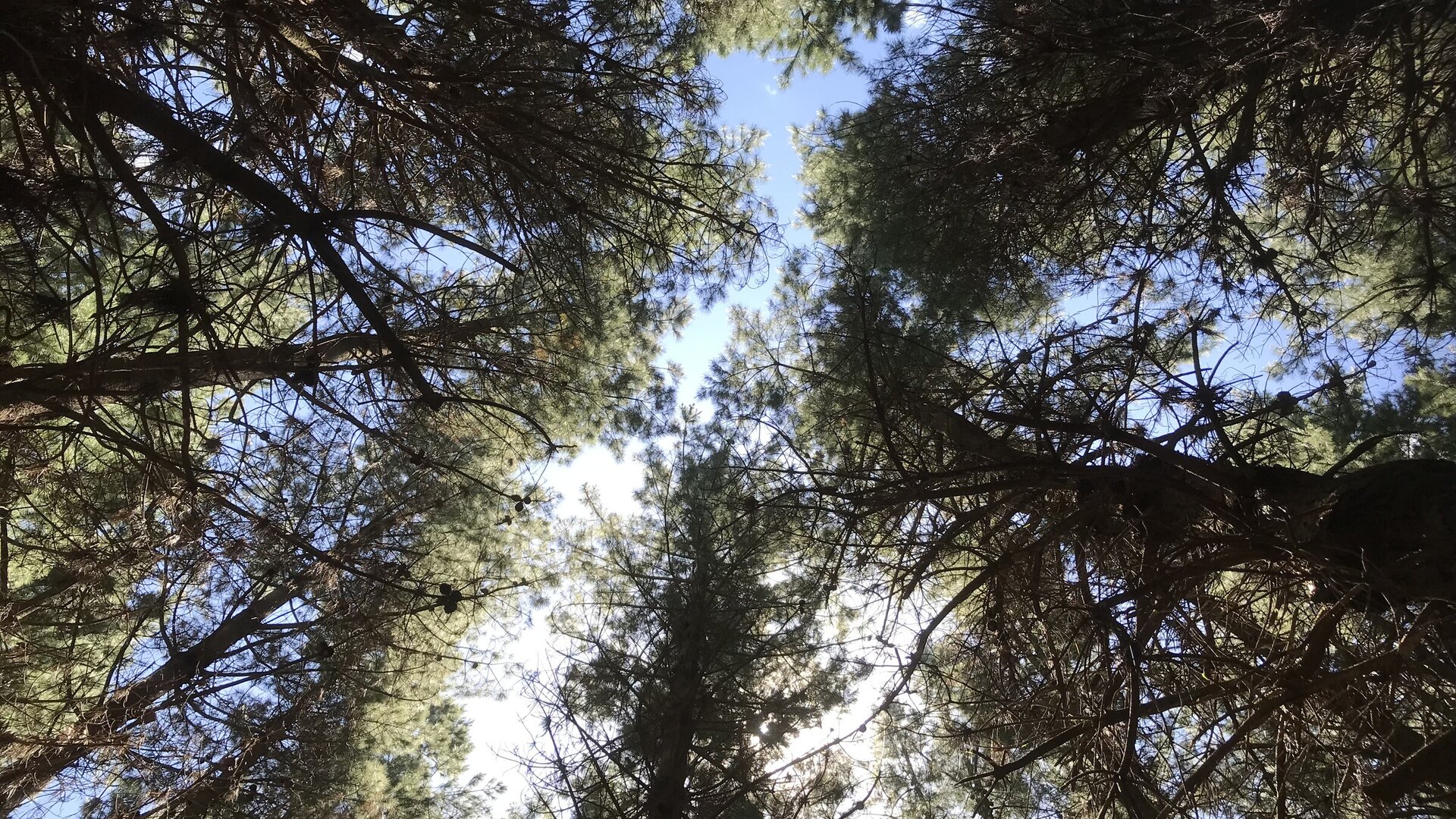We propose to create a biophysical model that will revolutionize the way forest hydrology is approached, both in New Zealand and internationally.
Clean, fresh water is essential for life. As land-use intensification and climate change place growing pressure on water resources, it is vital that we manage water use sustainably. Planted forests can be managed to provide beneficial water outcomes, given adequate science information. However, forest hydrology science in New Zealand is hopelessly out of date.
Forest Flows - creating water-resilient landscapes $13.7 million proposal was successfully funded through the 2019 NZ MBIE Endeavour funding round. Over the next five years, Scion along with its 13 New Zealand and international research collaborators will take a fundamentally new approach to investigate and quantify the key mechanisms in water use, storage, and release in planted forests.
Current state
- Increasing concern with water availability and quality
- Concern about impact of large-scale forest plantings
- Increasing questions on how much water radiata pine and other species use and downstream impacts on water supply
- Little research in forest hydrology over the last 40 years
- Lack of data and information
- Information “black hole” being filled with commentary
Key questions
- How does forestry’s water use compare to other sectors?
- How much and how long is water stored in planted forested catchments?
- How much water is released?
- Can planted forests improve water quality?
- Areplanted forests an important source of water during the summer
A focus on radiata pine
Radiata pines grow quickly in different soils and climates and were introduced to New Zealand. Radiata pine is now the dominant commercial forestry species in New Zealand and occupies 4.9% of the land area.
- How much water is required to grow radiata pine in different regions?
- How does the associated water use compare to other tree species
- How sensitive is radiata pine to climate change?
Paradigm shift
Planted forests are increasingly seen as a competitor for water by downstream users, and this is only likely to increase with the large-scale afforestation planned in the One Billion Trees Programme. This research programme hopes to turn that around, and prove how strategically situated planted forests can substantially increase water resources, further mitigating flooding, and enhancing future primary-sector productivity with increased water flow during drier months.
Ten years down the track this could mean, that tree species planted as part of the One Billion Trees programme, or for carbon sequestration, timber and non-timber products are spatially optimised by catchment to maximise water ecosystem services. We envisage that new planted forests will be used as low-cost water-storage alternatives to dams and passively supply downstream users during dry months and mitigate them during storms.
As part of this we will be looking to make an "apples-to-apples" comparison between water use between several exotic tree species and several indigenous tree species to see if some species use a lot more, or less, water than others.
Digital Twin - Pulse of the forest
The bold goal of this programme is to create a new biophysical forest hydrology model combining cutting edge remote sensing techniques with terrestrial based measurements, integrating data and enabling scale, from tree, to stand, to forest to catchment, as a digital model applicable to planted forests all over New Zealand.
These extrapolations will be made possible through detailed analysis and simulation capability, and coupled with powerful tools including visualisation and enabling access to insights, achieving this Forest Digital Twin will be a major breakthrough for hydrology research internationally.













